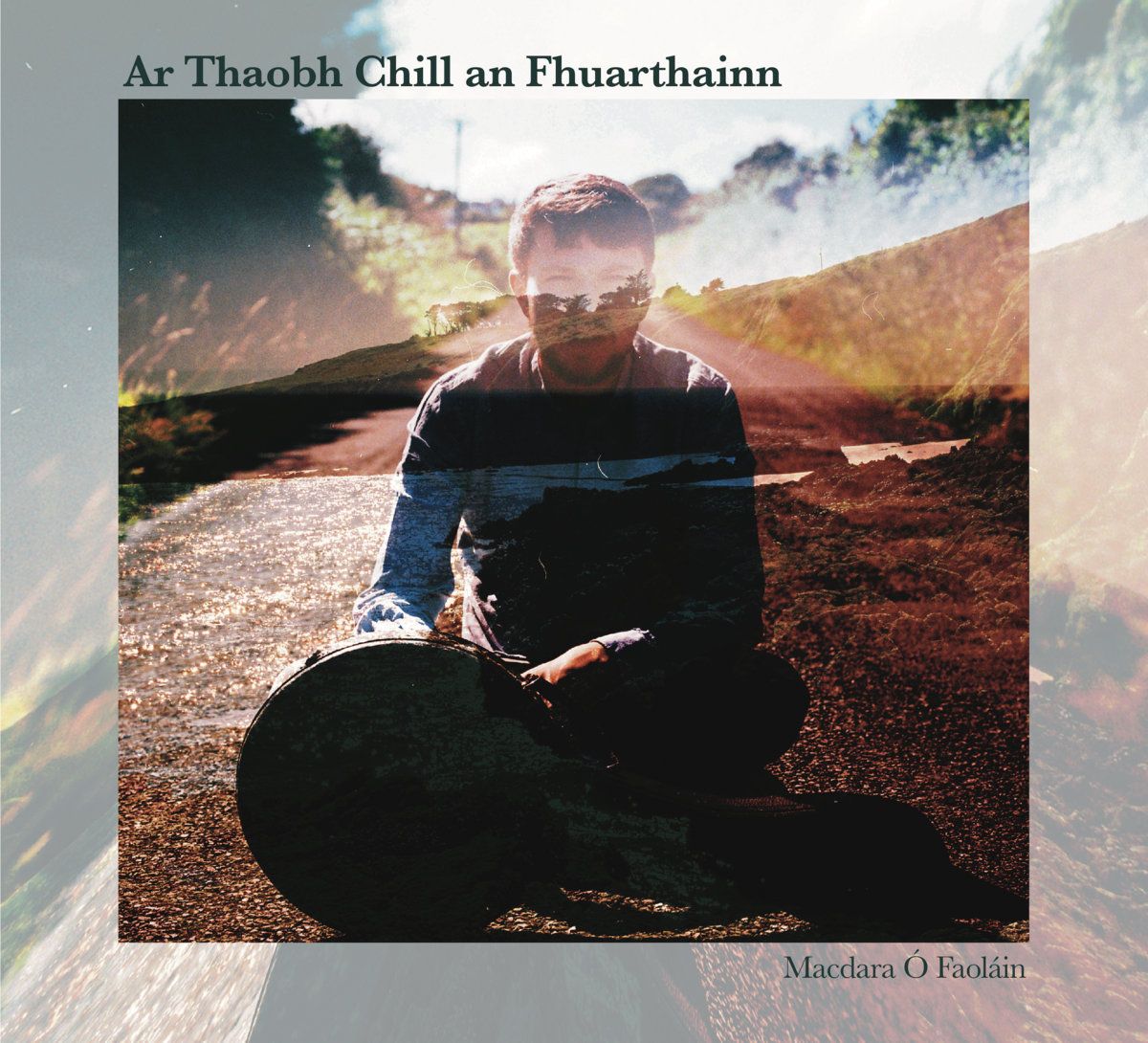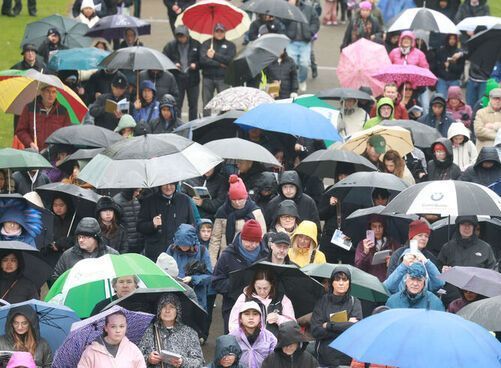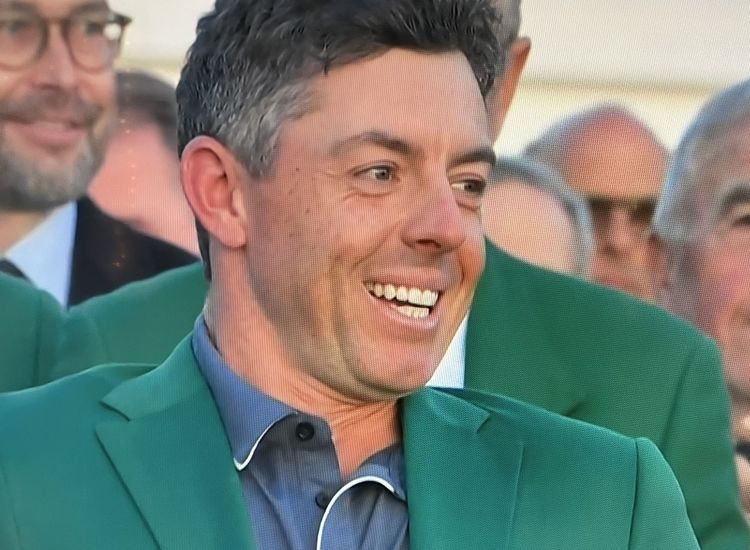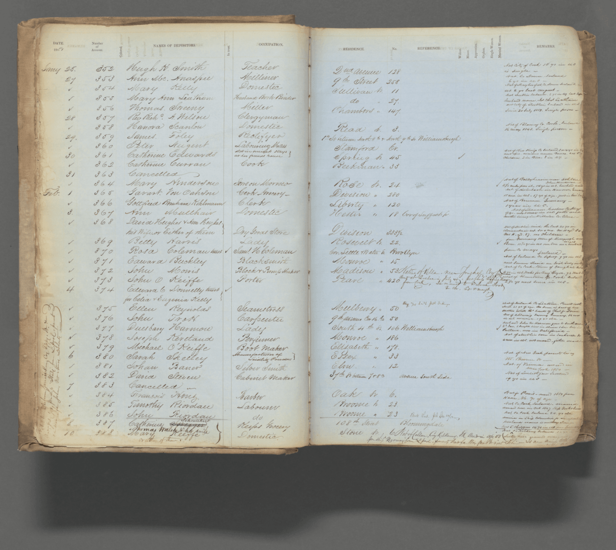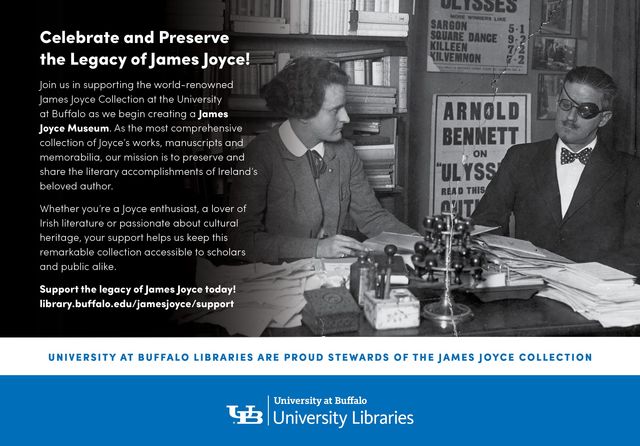In the media yoke this week is “Ar Thaobh Chill an Fhuarthainn,” Macdara Ó Faoláin’s most recent release. A multi-instrumentalist and luthier from Cill an Fhuarthainn, An Rinn, Co. Waterford, Ó Faoláin is a bright young light in the world of traditional music and this, his first full-length solo album, is a terrific reflection of his superb artistry.
Ó Faoláin’s resumé to date is impressive – in recent years you’ve come across his name here fairly often. In addition to having graduated with honors from the Cork School of Music, he’s recorded with a long list of top-class musicians, including Derek Hickey, the Friel Sisters, Nell Ní Chróinín, Cormac McCarthy, Victoria Adiiye and Muireann Nic Amhlaoibh. In addition to being a founding member of the group Nuadán, he was a key player on two of my favorite albums, Páraic Mac Donnchadha’s “Not Before Time…” and “Beo,” (with Mac Donnchadha and Pádraic Keane), and for the sum of all these efforts, he was named “Young Musician of the Year” at last year’s TG4 Gradam Ceoil concert and award ceremony. (Established in 1998, the TG4 Gradam Ceoil is a celebration of artistic excellence that recognizes the finest in the Irish tradition. A highly prestigious award, think of it as the “Oscars” of traditional music.) Around that time, he also released “Do Shamhlaigh Mé Tír Nua…,” a short EP of nuanced, moody tracks a short statement that foreshadowed the sort of material we hear here.
Like the EP, “Ar Thaobh Chill an Fhuarthainn” includes both vocal and instrumental tracks . The songs here are fabulous, with one of the absolute standouts being “Autumn Gold,” a composition of Andy Irvine’s taken from his 1977 album “Andy Irvine & Paul Brady.” Ó Faoláin’s handling is very different from the original but no less beautiful; his phrasing captures the song’s character well. His vocals are set against a gorgeous and exquisitely layered string arrangement performed by Maria Ryan (violin, viola), Lucia MacPartlin (violin), and Maria O’Connor (cello).
“An Tír Nua” is an original song as Gaeilge “about an imaginary (but very real) land where all is right.” Once again, Ó Faoláin’s singing is magnificent, but what draws my ear here are the harmonies in the accompaniment, which enhance the song’s already attractive melody.
“Who Put the Blood?”, a song about a mother’s unconditional love for her son, is another lovely vocal track and stands out because the arrangement has a slightly different character from much of the rest of the album, as it includes electric guitar (Conor O’Sullivan), double bass (Michael Riordan) and a contrasting voice that represents, as Ó Faoláin writes in the liner notes, “a mother's worry” (Áine Whelan). The sparse arrangement and mixture of electric and acoustic instruments gives it an etherial quality that fits the tenor of the lyrics nicely.
Ó Faoláin has a knack for instrumental texture and a track like “Shoving Connie Around the Field / Michelle O’Sullivan's,” an instrumental inspired by Ó Faoláin’s dog’s enthusiasm for her ball, is an excellent example. Here, a percussive mandolin figure becomes the grounding over which layers of lyrical fiddle playing and tells a clear story. “Peata Beag do Mháthar” is similar. In that one, mandolin and piano (played by Cormac McCarthy) weave together and yield an open musical dialogue through a tune taken from the playing of Micho Russell.
“Ifreann ar Thalamh & Fuath ar Neamh,” an impressionistic track that took its inspiration from Ó Faoláin’s experience of “a busy street that had a uniquely dystopian energy,” brought to mind the peaceful qualities of Cill an Fhuarthainn. Here, mandolin and guitar layer in a way that evokes Ó Faoláin’s experience clearly.
And yet, these instrumental tracks contrast with one like “Ar Thaobh Chill an Fhuarthainn,” which is a virtuoso solo piece taken from the singing of Nioclás Toibin. A lovely track, Ó Faoláin’s setting is reminiscent of the work of the great Burt Jansch.
“Ar Thaobh Chill an Fhuarthainn” is an atmospheric album full of complex, well considered music from a really outstanding young musician. There are moments here, ones in which Ó Faoláin allows a melody to unfold and find its own expressive direction, that remind me of some of Martin Hayes’s recent work and I imagine fans of that music will thoroughly enjoy the music here. But there’s a lot for fans of groups like the Murphy Beds and Ye Vagabonds to enjoy as well – Ó Faoláin’s singing is gorgeous and sets a very high standard. One to check out! To learn more and purchase, visit http://www.macdaraofaolain.com.
Finally, I would be remiss if I didn’t mention Ó Faoláin’s lutherie practice. A builder of bouzoukis and mandolins, he has a stellar reputation and while I’ve not yet had the pleasure to try one of his instruments myself, I have heard great things from the trusted, discerning musicians I know who have. Learn more here.

